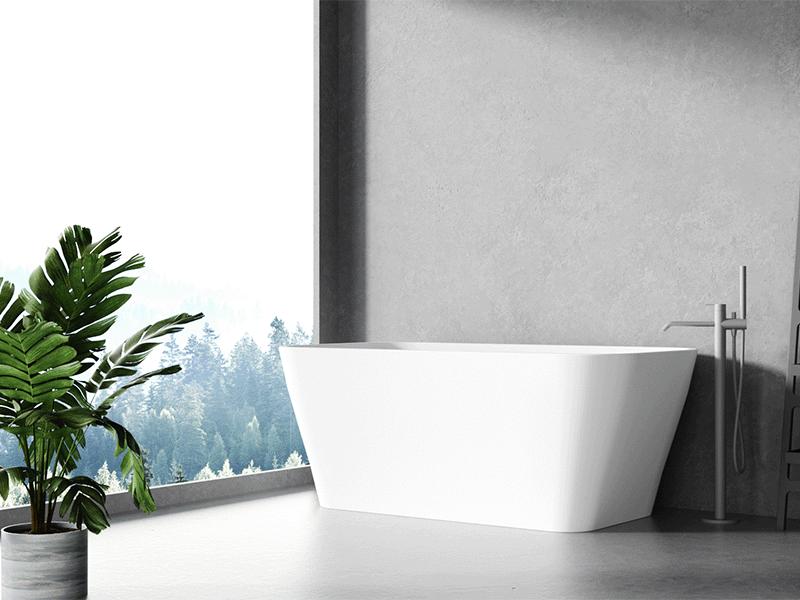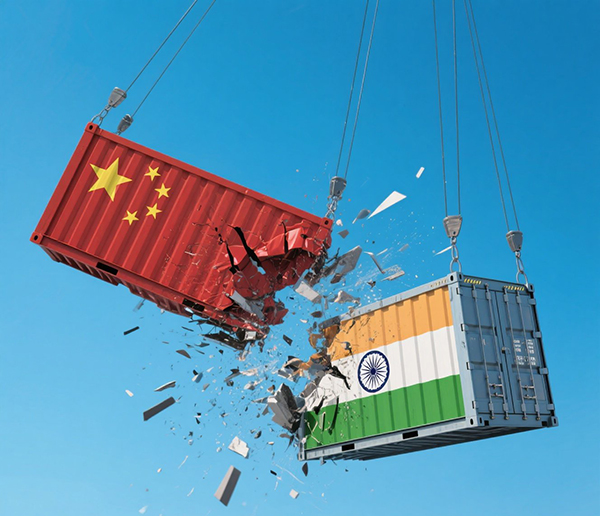China's Ceramic Tile Export Growth Rebounds in 2023
After a decade of steadily declining export volumes, China’s ceramic tile industry staged a significant recovery in 2023. Export volumes rose by 6.2% year-on-year, increasing from 579 million square meters in 2022 to 615 million square meters in 2023. This turnaround helped China maintain its position as the world’s largest tile exporter, a title that was at risk due to India’s rapidly growing export footprint, which surged by 39.6% to 589.5 million square meters in the same year.

Regional Markets Fuel the Recovery
The revival in Chinese ceramic tile exports was largely powered by strong demand in Latin America and Africa. Exports to Latin America rose dramatically by 53%, reaching 74 million sqm, while African exports increased by 6 million sqm, totaling 48 million sqm in 2023.
In contrast, Asian sales remained steady at 438.6 million sqm, still making up 71% of China’s total ceramic tile exports. Notably, 13 of the top 20 export markets were in Asia, with key buyers including the Philippines, Indonesia, South Korea, Malaysia, and Thailand. Australia, ranked sixth, sustained its import volume at 30 million sqm.
Strong Gains in South America and Africa
Several South American countries contributed significantly to China’s export growth. Notable increases included Peru (+37%), Chile (+47%), and the Dominican Republic (+98%), all of which ranked among China’s top ten export destinations. Colombia also showed strong performance with a 51% increase. In Africa, demand rose particularly in Cameroon, Senegal, and South Africa.
India Challenges China in Global Export Markets
While China held dominance in Asia, South America, and Oceania, India outpaced China in Africa and non-EU Europe. India's growth also continued in North America and the European Union, where Chinese products faced trade tariffs and restrictions. This has shaped a competitive export landscape between the two Asian giants.

China led in Asia, South America, and Oceania
Despite fierce global competition, China maintained a dominant presence across Asia, South America, and Oceania in 2023, thanks to its long-standing trade relationships, broad product range, and highly competitive pricing. In Asia, where demand remains consistent due to ongoing urban development and infrastructure projects, China exported over 438 million square meters, making up 71% of its total exports. Leading Asian importers included the Philippines, Indonesia, South Korea, Malaysia, and Thailand, with these countries relying on Chinese ceramic tiles for both residential and commercial developments.
India led in Africa, North America, and Europe due to China facing trade tariffs there
While China maintained its global leadership overall, India emerged as a dominant force in key markets where Chinese tiles were restricted due to anti-dumping duties and trade tariffs—notably Africa, North America, and the European Union. These regions implemented stringent trade policies to curb the influx of low-cost Chinese imports, giving Indian manufacturers a unique opportunity to fill the void.
Industry Transformation Amid Domestic Challenges
Between 2020 and 2023, the Chinese ceramic industry underwent one of the most challenging periods in its history, impacted by slowing domestic demand, intense price competition, and increasing pressure to meet sustainability goals. As a result, manufacturers are pivoting from sheer volume to value-based growth, emphasizing efficiency, innovation, quality, and customer service. The focus now is on transforming the sector from being "big" to being resilient and sustainable.
Foshan Uniceramics Expo Highlights Industry Innovation
Reflecting these shifts, the Foshan Uniceramics Expo, held from April 18 to 22, showcased the industry's latest innovations. The event, Asia’s largest ceramic exhibition, drew over 120,000 visitors and emphasized energy-efficient production technologies. Exhibits included large-format ceramic slabs and cutting-edge equipment across ten dedicated halls, covering both finished surfaces and raw materials and technology.
